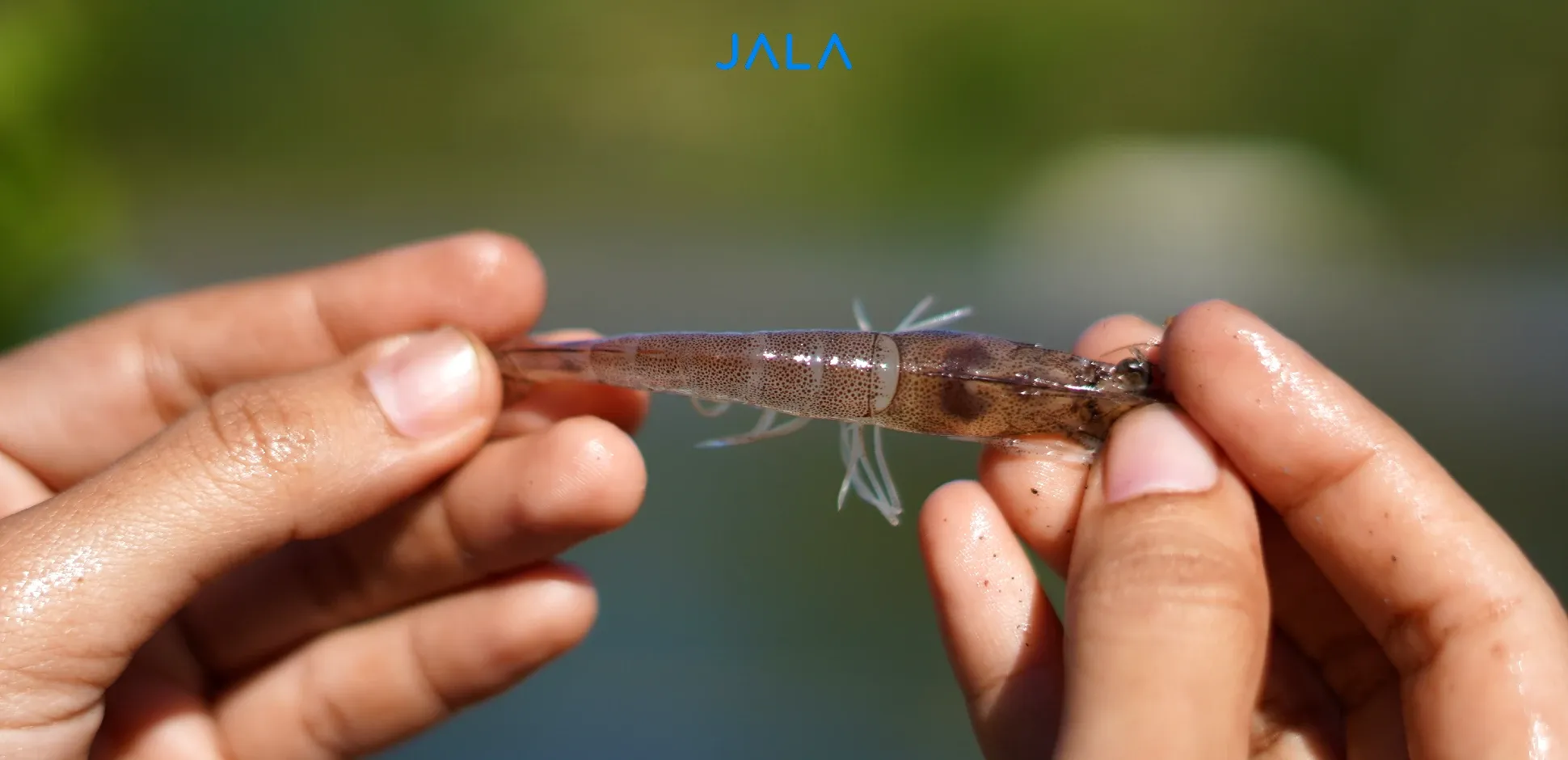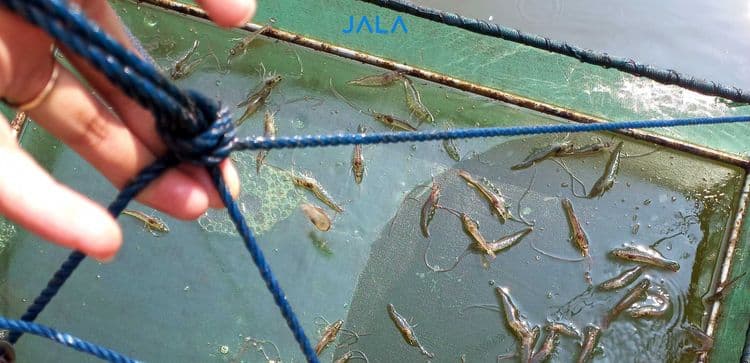
AHPND is one of the diseases that threaten shrimp. This disease is caused by bacteria and has a high mortality rate, leading to decreased production and financial losses in the aquaculture industry. What are the signs of AHPND in shrimp and how to overcome AHPND? Read on to discover the full explanation!
Contents
Related ArticlesLogin to Read the Full Article
Use your Jala account to read this article. If you don't have an account, please register on Jala App.





